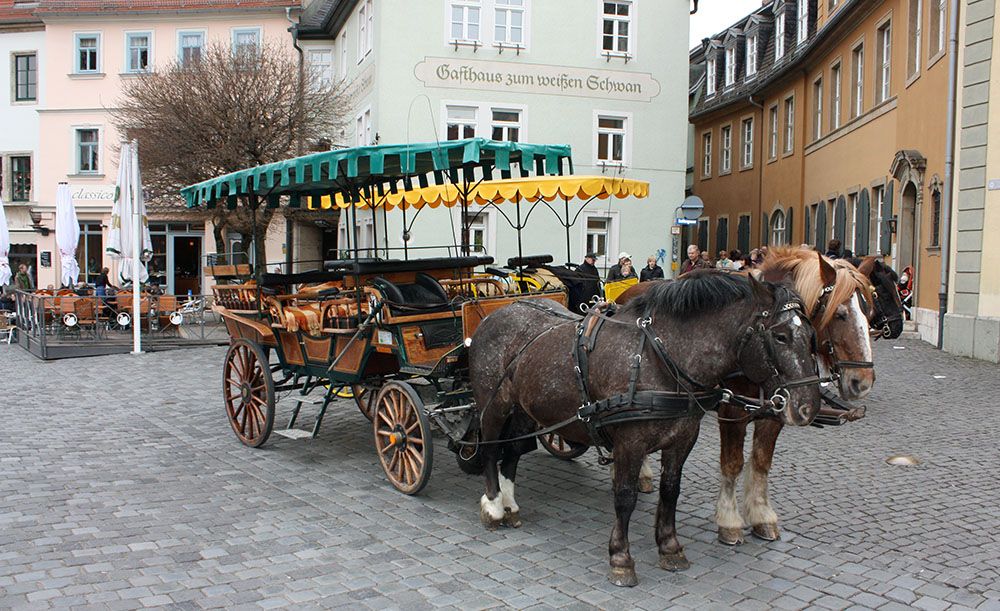City trip to the cultural city of Weimar
History of Weimar
Immediately upon arrival in Weimar we noticed: the city breathes culture and a rich, long history. This began as early as the 3rd century when the first settlements arose in the Ilm Valley. However, the first references to Weimar date back to 899. During the Middle Ages, Weimar expanded around a wooden castle and two small churches. In the 15th century, a town hall and the current main church appeared. The castle and the walls were completed in the 16th century, making Weimar a ‘real’, fully-fledged town.
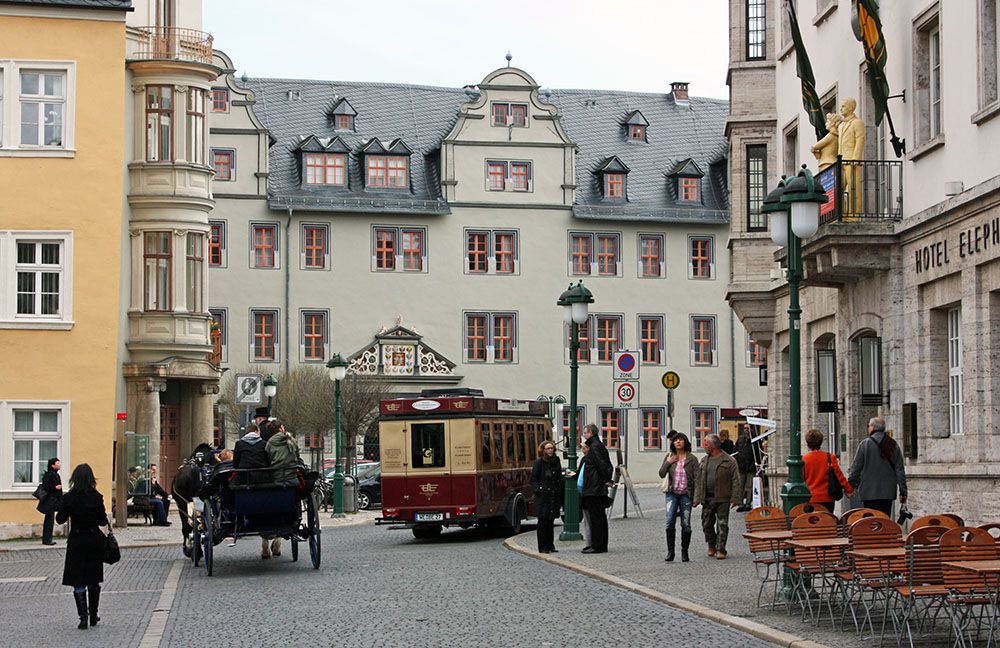
Goethe
Inspired by my father-in-law, a passionate connoisseur of Goethe, we were more concerned about the golden age, the period from the middle of the 18th century until Goethe’s death in 1832. During this period, thanks to Bertuch, Goethe, Herder, Schiller and Wieland, Weimar became an important cultural centre in Europe. When Goethe moved to Weimar in 1775, the city almost became a kind of place of pilgrimage for the elite among German intellectuals.
The Weimar Republic
In the period from 1919 to 1933, Weimar became the political capital of Germany. This was due to the street riots in Berlin after the German Revolution in 1918. Years later, the opponents of the government in particular renamed Germany the ‘Weimar Republic’. In 1920, the federal state of Thuringia was founded. Weimar became the capital of this state, after which the city experienced another period of growth. After 1929, Weimar became an early centre of Nazism.
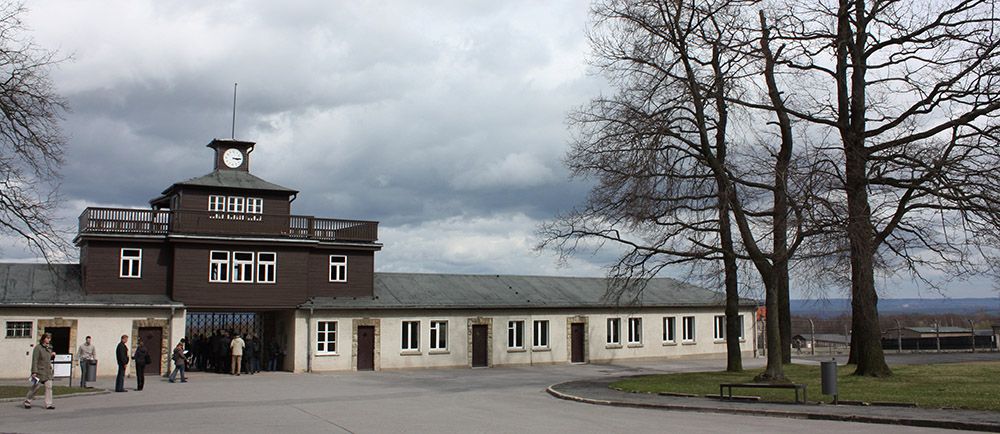
In 1945, bombardments by the American Air Force damaged parts of the centre of Weimar, including many historic buildings. Shortly after the war, however, these were restored because of their cultural importance in German history. In 1948 Erfurt became the new capital of Thuringia and Weimar lost its influence on German culture and politics. Because of its fame and importance for tourism, Weimar received more subsidies from the GDR government and remained in better condition than most other East German cities.
Recovery
After the fall of the wall in 1990, Weimar was struggling economically but thanks to many subsidies, the city was refurbished and restored. Since then, Weimar’s old town has been a UNESCO World Heritage Site. Among other things, the Anna Amalia Library, which burned down partially in 2004, and some buildings of Bauhaus architecture are on the list. In 1999, Weimar was chosen as the cultural capital of Europe. Today’s Weimar is an important tourist attraction in the country. And since our visit to this relaxed city, we know why!
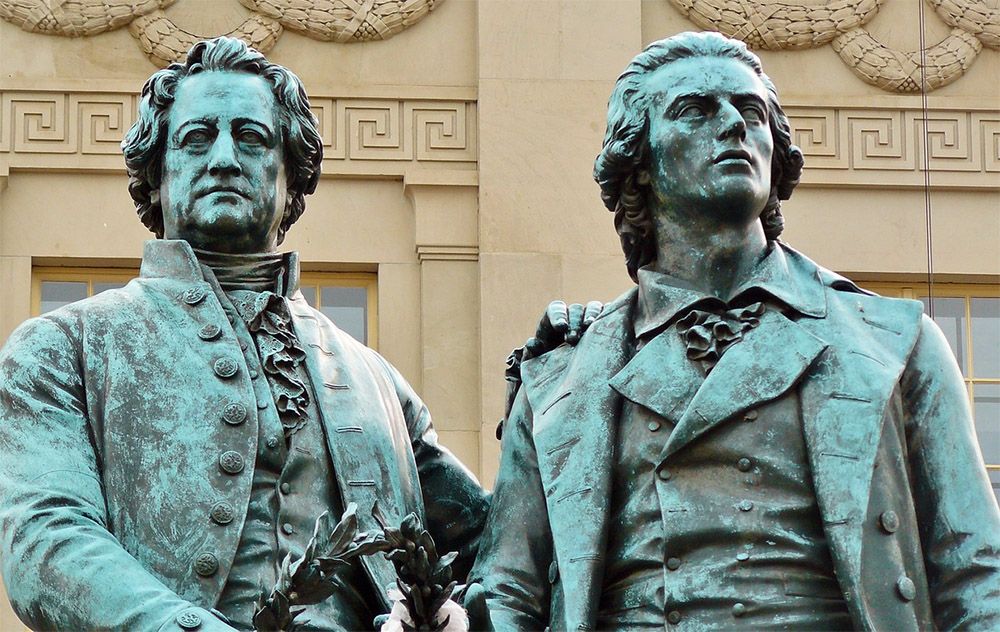
Highlights of Weimar
The cultural city of Weimar actually has too much to offer to see and experience all in one weekend. Because instead of ‘finishing off’ all the sights in a hurry, we think you only experience the city best if you also take the time to stroll through the beautiful parks and enjoy a snack and a drink in one of the many good restaurants or on the delightful terraces! Below we mention some of the highlights of the city that you should not skip.
Museums in Weimar
A perfect way to learn more about Weimar’s history is by visiting the multimedia Weimar Haus. It’s a small but fun, easily accessible museum.
Most other museums in Weimar are about the city’s famous inhabitants. One example is the interesting Goethe National Museum, housed in the old baroque residence of writer, poet and statesman Johann Wolfgang von Goethe. Apart from the exhibitions of his works, the house itself is particularly worth a visit.
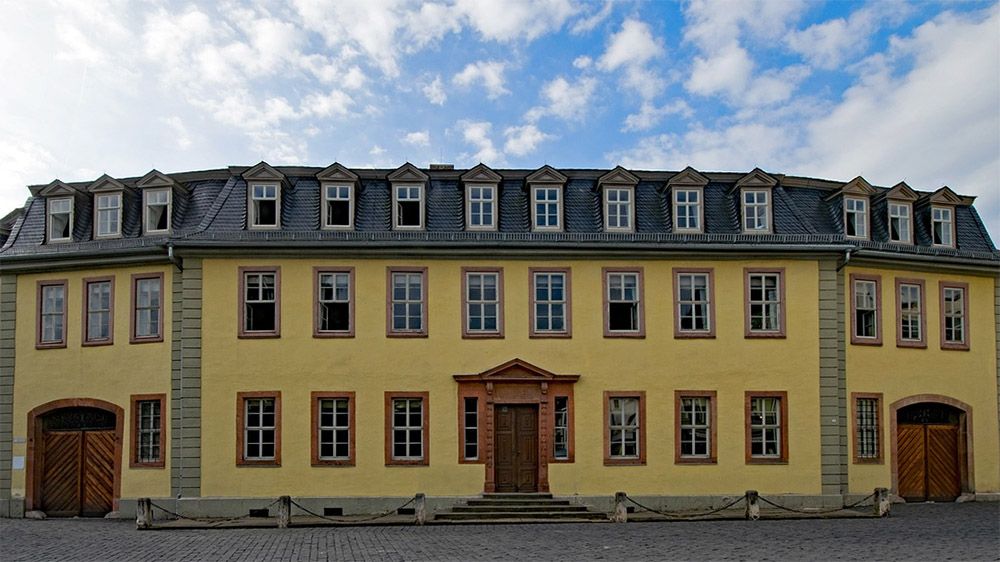
Stadtschloss
The Stadtschloss (city castle) was the residence of the Dukes of Saxe-Weimar and Eisenach. It is part of the world heritage “Classic Weimar”. Already in the 10th century, there was a moated castle on the current location of the castle. After several fires in the 15th and 16th centuries, the castle was transformed into the Baroque palace from the 17th century. After a fire in the 18th century, the castle got its neoclassical appearance. Four rooms in the castle are dedicated to the poets Goethe, Herder, Schiller and Wieland.
The building has been in use as a museum since 1923. It houses exhibitions from 1500 to 1900 in Weimar. We were particularly impressed by the fantastic interior of the castle. Really worth a visit!
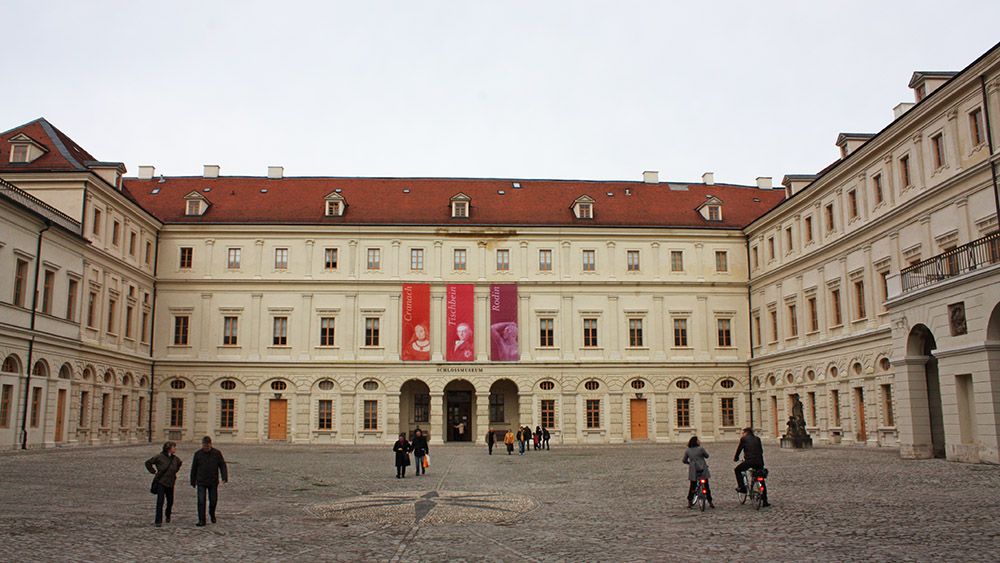
City parks and castle gardens
What makes Weimar such a lovely town for us is the wonderful variety of culture, history and tranquillity in the beautifully landscaped city parks and castle gardens. Below you will find some of the many parks that, as far as we are concerned, you should not miss during your visit to Weimar.
Park an der Ilm
There is a lot to see in this beautiful English landscape garden situated on the banks of the Ilm. The ducal castle, the Anna Amalia Library and the Liszthaus are located on the edge of the park. In the park itself you also have Goethe’s Gartenhaus, which was donated to Goethe by Duke Karl August. If you’ve had enough of all the cultural bounty the city has to offer, then join us and lie on the lawn just to enjoy the world around you.
Tiefurt Castle Garden
Approximately 4 kilometres outside the old town, on the Ilm, lies the summer castle Tiefurt with its beautiful castle garden. The estate used to belong to Duchess Anna Amalia, who used the castle as a summer residence. Follow in her footsteps by taking a lovely walk through the garden past old trees, the Mozart monument, small temples and the winding Ilm.
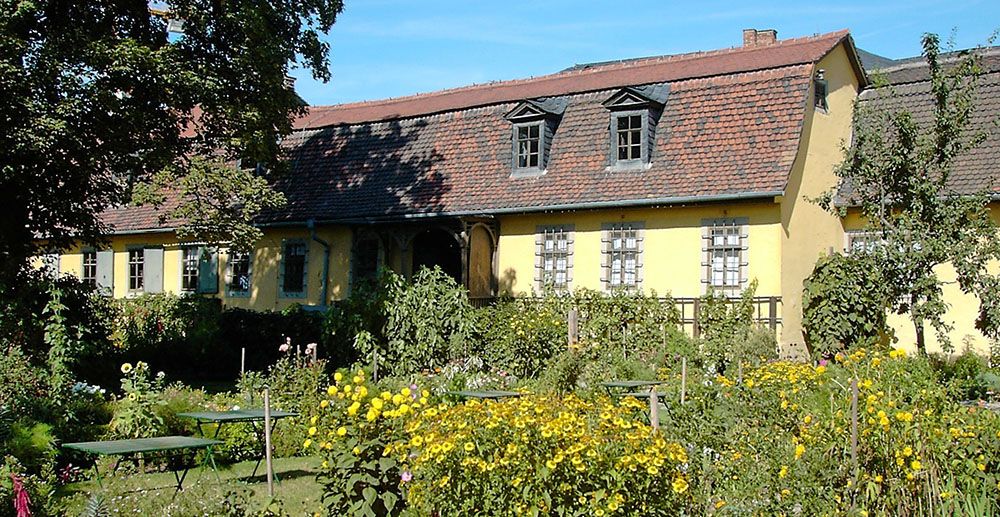
Herzogin Anna Amalia Bibliothek
This library in the former residence of Duchess Anna Amalia contains a particularly large collection of unique historical works including Goethe’s masterpiece Faust and an authentic Lutheran Bible from 1534. The library from the end of the 17th century is one of the oldest in Europe and is on the UNESCO World Heritage List. In 2004, a major fire ravaged the library and its books, which reduced them to ashes. Fortunately, many works were saved. In 2007 the Herzogin Anna Amalia Library was reopened. Don’t forget to visit the Rococo Hall!
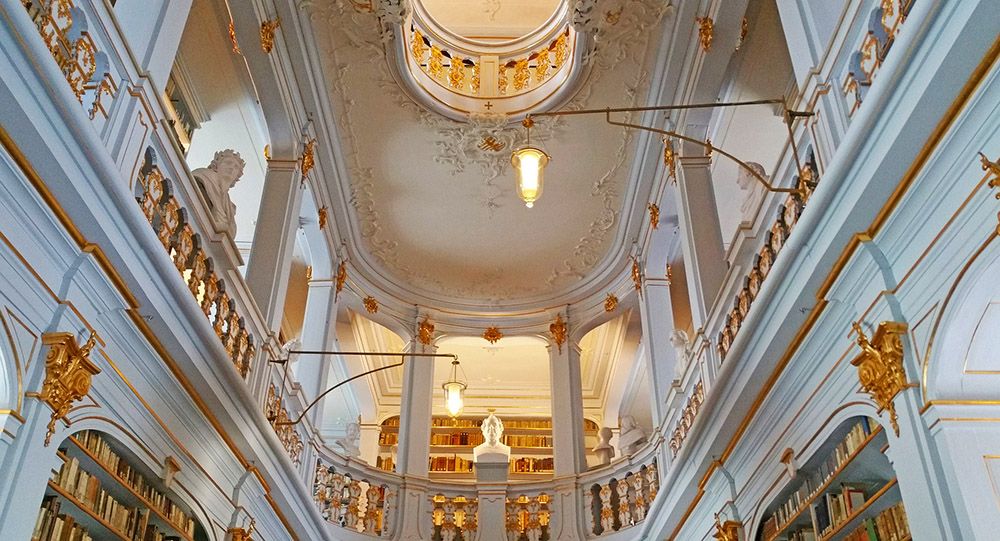
Buchenwald Concentration Camp
During our weekend trip to Weimar we also visited the gloomy, notorious concentration camp Buchenwald. Although Buchenwald was not an extermination camp like the Polish Auschwitz, we found our visit very moving.
When the NSDAP came to power in Germany in 1933, the Nazis built their first concentration camp near Weimar. This was the penal camp in Nohra, meant to imprison political opponents. In 1937, eight kilometres from the city centre of Weimar, the Buchenwald camp sprang up. Between July 1938 and April 1945 there were approximately 240,000 people in the camp. They performed slave labour for, among others, arms manufacturer Wilhelm-Gustloff-Werk. A total of more than 56,000 prisoners died as a result of the poor living conditions.
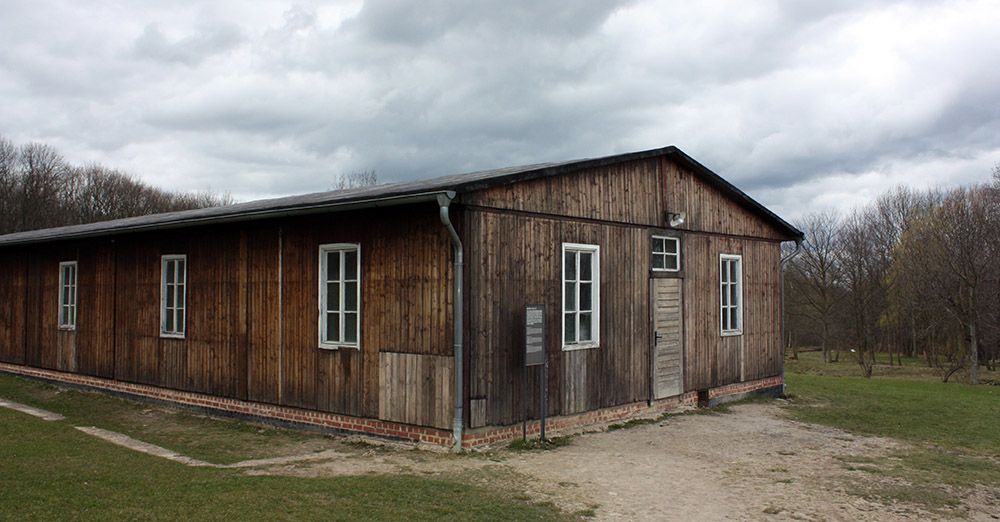
Immediately after the capitulation of Nazi Germany, the inhabitants of Weimar were ordered to walk through Buchenwald. They were then able to see with their own eyes what had taken place so close to their town. A gripping documentary has been made of this and can be seen on youtube.com.
From 1945 to 1950, the Soviet Union used the occupied concentration camp Buchenwald as a punishment camp for Nazis and other German prisoners. On 6 January 1950, the Soviets transferred Buchenwald to the East German Ministry of the Interior. The Stalinist monument erected outside the camp is still visible from the city.
The former concentration camp has been reopened since the beginning of June 2020. More information can be found on the website.
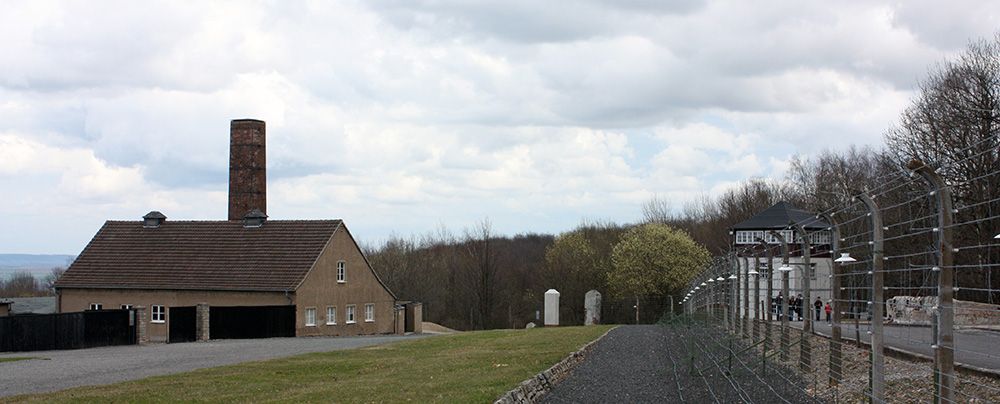
City trip to Weimar: Practical matters
Best travel time for a city trip to Weimar
The best time to travel to Weimar is from April to October. If you – like us – like to enjoy a terrace, then the months of May and June are very suitable. In the summer it can get quite warm. So if you quickly suffer from the heat, it is best to avoid Weimar in July and August. Weimar’s wooded surroundings are beautiful in the autumn thanks to the golden yellow and red colours of autumn.
Accommodation
As most tourists visit the town during a day trip, the availability of accommodation in Weimar is definitely sufficient. We stayed at the Best Western Premier Grand Hotel Russischer Hof, a comfortable hotel in a perfect location near the old town.
Moving around within the city
Weimar is a relatively small town that you can easily explore completely on foot or by bike. There is public transport but you only have to use it if you want to go to Buchenwald. From Weimar’s train station a bus takes 20 minutes.
